What is filter compatibility and why is it so important?
There are two aspects of filter compatibility that the dissolution scientist should consider:
- You must ensure that the biorelevant media do not affect filter integrity or the filter leaches any substances into the media. However, the filters we suggest using are chemically compatible with all biorelevant media we provide and will NOT leach into the media under the conditions and usage we recommend
- It's vital to check the drug in the filtrate does not adsorb significantly onto the filter material. This must be determined for every drug molecule in each biorelevant medium
A filter adsorption study involves:
- Filtering a sample with known drug concentration in the biorelevant dissolution medium
- Determining the percentage of drug in the biorelevant medium that adsorbs to the filter
- If adsorption occurs, establish how much volume of dissolution sample is required to pre-saturate the filter
If a drug adsorbs to the filter, this will lower the apparent amount of drug in solution leading to lower dissolution results. This is especially important at early dissolution sampling time points. If some drug adsorption occurs, the volume of sample required to saturate the filter with drug should be established. Subsequently, this specified sample volume should be used consistently when filtering samples with a fresh filter.
Download our Biorelevant Dissolution Guides here.


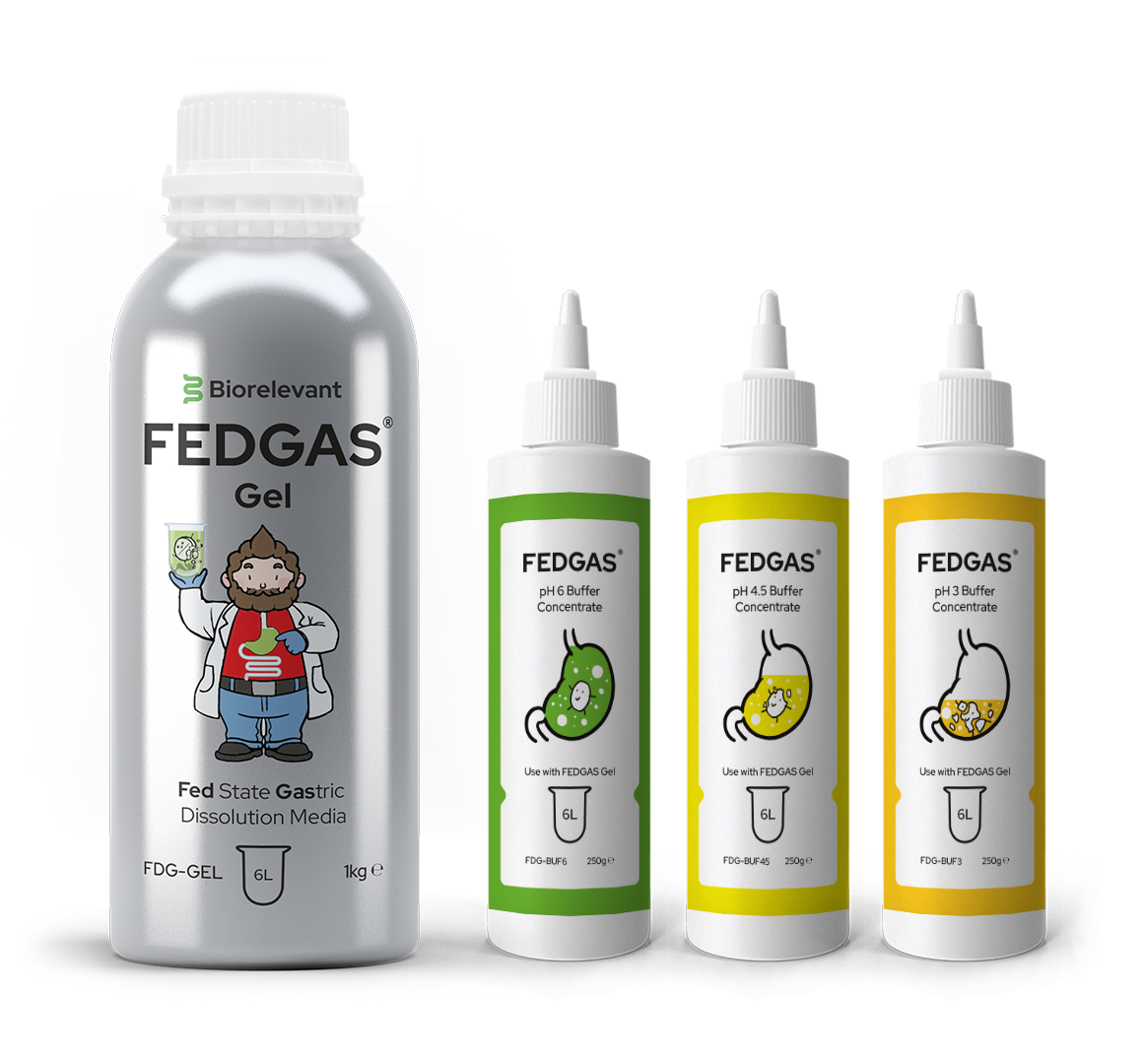
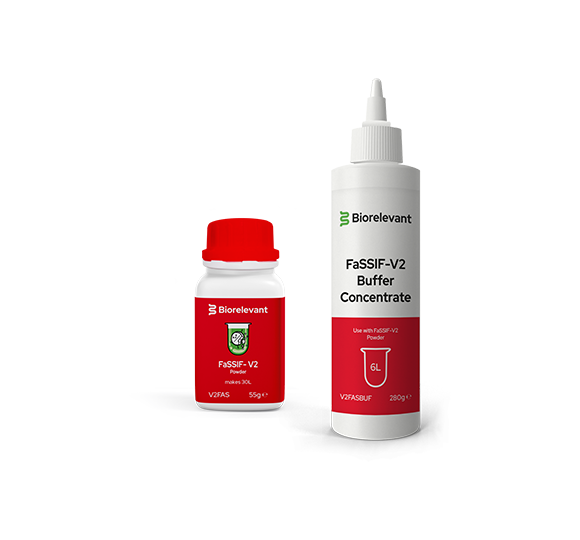
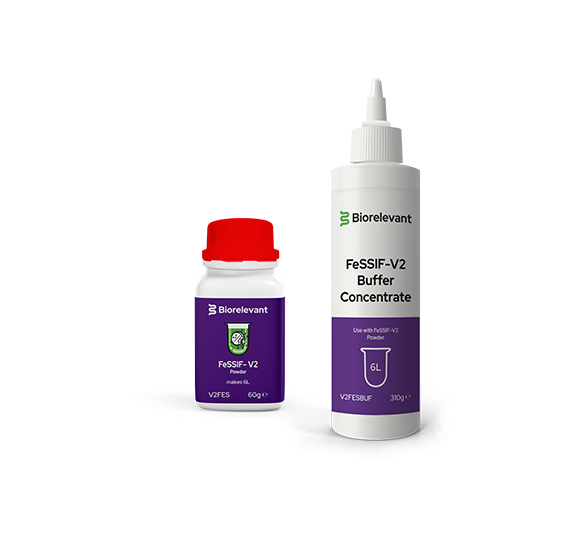




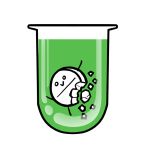
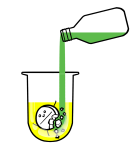






 Home
Home















